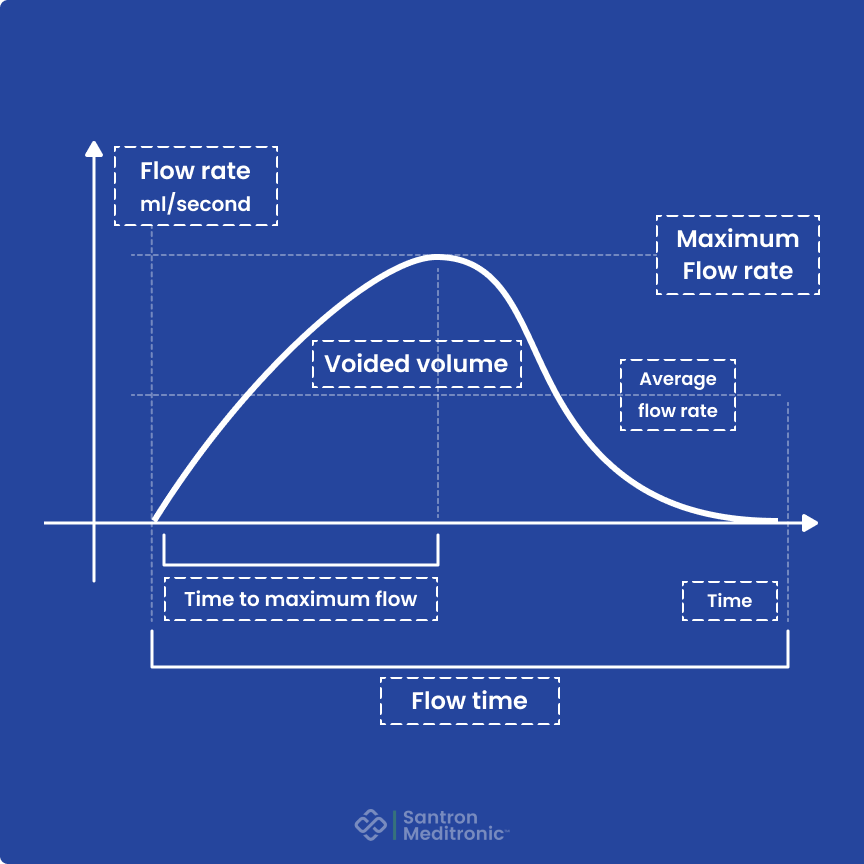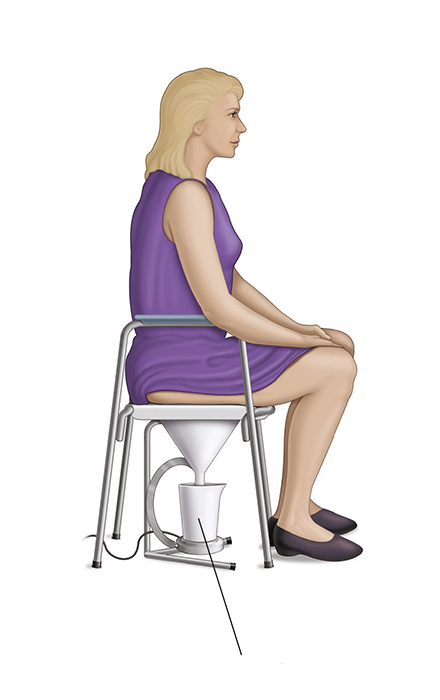Uroflowmetry is a crucial diagnostic procedure in women’s health. It helps to assess urinary flow and identify issues with the bladder and urethra.
Often, women experience disturbing symptoms like frequent urination, pain in urinating, or incontinence. Uroflowmetry tests for females offer valuable insights into their urinary function, helping to diagnose issues promptly.
In today’s article, we will discuss the importance of uroflowmetry for women’s health and its role in managing urinary disorders.
What is Uroflowmetry?
Also known as a uroflow test, uroflowmetry is one of the simplest, noninvasive women’s urological tests. It measures the speed and volume of urine excreted per second and does not involve skin piercing.
Conducting the test enables doctors to identify bladder contraction and sphincter function in women. Comparing the obtained values with the standard values helps to determine the degree of obstruction and other issues.

Moving on, the parameters checked during the uroflowmetry test are as follows:
· Maximum and average urine flow
· Time taken to reach maximum urine flow
· Flow time
· Total amount of urine excreted
Common Urinary Conditions in Women
Women are prone to several urinary conditions that can affect their urinary system. Some of the most common conditions that can be diagnosed with a uroflow test include:
· Incontinence: Urinary incontinence is a problem that leads to involuntary loss of urine. Many times, during childbirth or menopause, women’s pelvic floor muscles become weak, causing them to leak urine.

Image: Source
· Bladder Dysfunction: Bladder issues are common in women. Uroflow testing can help diagnose issues associated with an overactive or underactive bladder, like incomplete bladder emptying, urgency, or frequent urination.
· Urethral Obstruction: Urethral obstruction is a blockage in one or both ureters, i.e. tubes that carry urine from the kidneys to the bladder. This obstruction may slow down or prevent urine flow, causing symptoms like pain, blood in the urine, and urinary tract infections.
Benefits of Uroflowmetry for Women’s Health
Conducting uroflowmetry for women can have several benefits, including:
· Simple and painless: One of the leading advantages of uroflowmetry is its simple and non-invasive process. Patients can undergo it without requiring any surgical interventions.
· Early detection of urinary issues: Uroflowmetry test for females helps to identify any irregularities in the urinary flow rate and detect potential issues.
· Create tailored treatment plans: The results obtained from uroflowmetry tests can help doctors formulate specific patient treatment plans, leading to more effective outcomes.
· Post-treatment monitoring: Uroflowmetry can track progress after surgeries to evaluate how well a patient responds to interventions.
How Uroflowmetry Work
Conducting uroflowmetry or a uroflow test is straightforward. Unlike traditional urine tests, which require you to urinate into a cup, you need to urinate on a special toilet seat attached to a uroflowmetry device.

Image: Source
This device automatically measures the speed and quantity of urination. It is advisable not to attempt to manipulate the speed or flow of urine.
The uroflowmeter measures the volume of urine excreted, the time taken to empty the bladder, and the flow rate in millilitres per second. All the information is recorded on a chart along with the uroflowmetry test results in the normal range in females. The uroflowmeter can detect deviations from the normal range to assist your doctor in making a diagnosis.
Understanding Uroflowmetry Test Results
After the test, your doctor will determine your maximum flow rate (Qmax).
A decrease in the flow rate may suggest weakened bladder muscles or blockage. On the other hand, an increase in the flow rate may suggest urinary incontinence or bladder hyperactivity.
Unlike men, women’s average urine flow rate by age does not vary. It usually ranges between 15 and 30 mL/sec. Results within this range generally indicate that the urinary tract is functioning well.
Conclusion
Uroflowmetry is vital in women’s health. It offers a simple yet effective way to diagnose and monitor urinary disorders.
For female patients experiencing urinary symptoms, undergoing uroflow testing can be a crucial step toward improving their quality of life. The experts at Santron Meditronic can help you learn more about uroflowmetry testing and manage your urinary health effectively.








